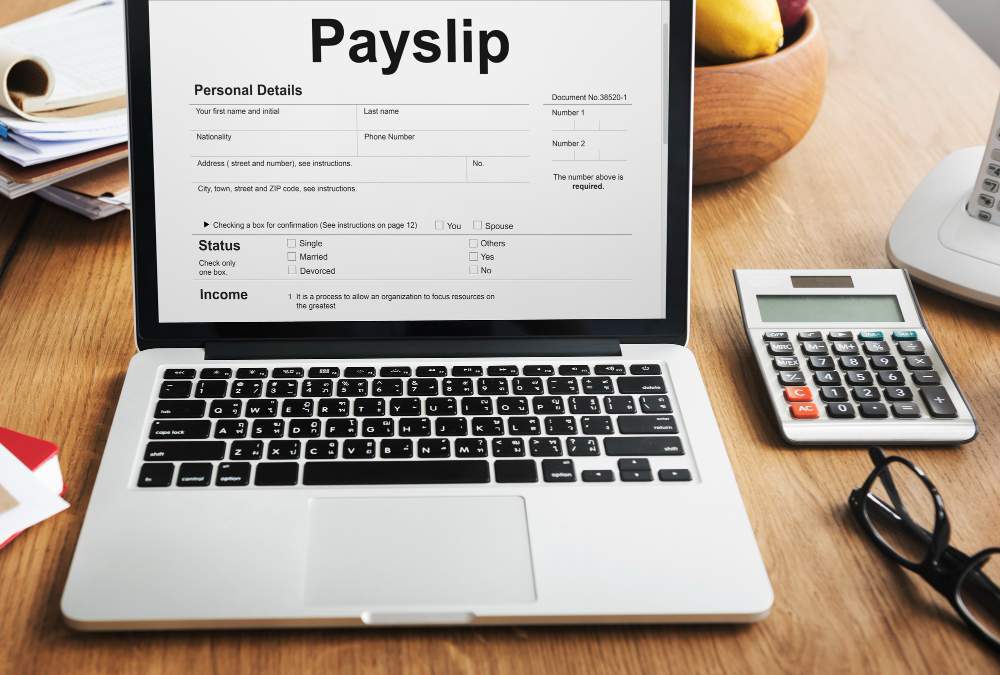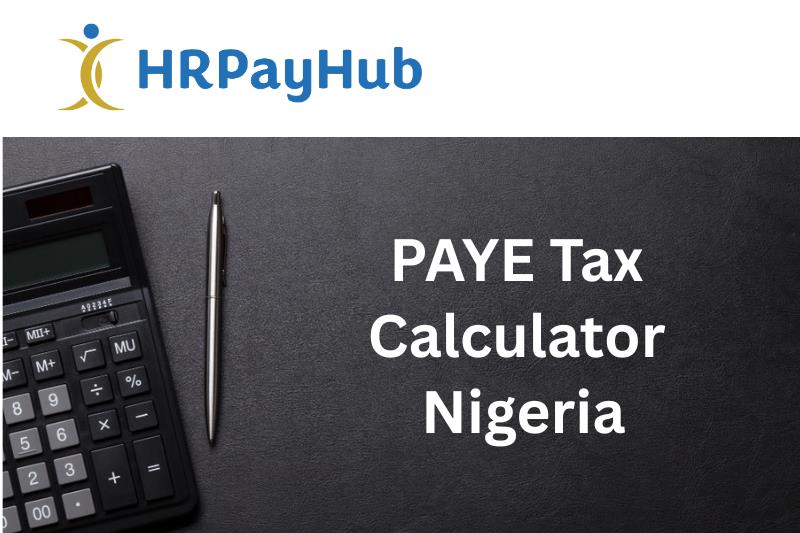
Nigerian graduates can beat ATS in 2025 by tailoring keywords and formatting cleanly then converting wins into interviews
By now we all know that organisations barely read CVs and we are left to bots to decide our fate. It’s exaggerated, but there’s a core truth you can’t ignore. Almost every serious employer; from banks and telcos to startups and global outsourcing shops, uses an applicant tracking system (ATS) to sort, rank, and route applications at scale. In 2025, with application numbers breaking records and HR teams under pressure to move faster, ATS is the default inbox. Understanding how it works and how to write for both machines and people, is what separates hopeful submissions from interview invites.
This is not just a Silicon Valley thing. In Nigeria, where competition for graduate and entry-level roles is intense, the employers you’re targeting either run an ATS directly or plug into platforms and HR vendors that do. The rules are surprisingly consistent whether the role is in Lagos, Abuja, or remote for a company abroad: resumes that clearly match the job’s language, and avoid formatting that breaks parsing get to a human faster. Major career guides explain the mechanics plainly: ATS software ingests your file, extracts fields (name, email, phone, education, employers, dates), then scores your content against job-specific keywords and screening questions. If your CV doesn’t map to the job’s vocabulary, it falls behind even if you’re qualified.
The good news is that beating ATS is more about clarity. You can absolutely write a CV that passes ATS filters and impresses humans; in fact, the same choices that help machines parse you; clear headings, standard job titles, succinct bullets, quantified results, make your value obvious to recruiters. Leading sources publish evergreen rules that keep getting validated: match the job’s keywords naturally, avoid complex tables and text boxes that confuse parsers, use conventional section labels (Experience, Education, Skills).
What’s new in 2025 is the layer of AI-assisted hiring sitting on top of traditional ATS. Some employers now pre-screen with AI assessments or asynchronous interviews before humans step in; others add AI summarizers to triage piles of resumes. Research and practitioner write-ups show the effect is double-edged: AI can speed up fairer skills-first screening when designed responsibly, but misconfigured tools can also introduce new blind spots. Either way, the practical lesson for you is the same: align your CV to the skills and outcomes a role demands, then be ready to demonstrate them in structured assessments or short video interviews.
Below is a focused, low-fluff playbook for Nigerian graduates who want to get past ATS in 2025 and convert a submission received email into a real conversation. It uses principles that recur across trusted guides, then adapts them to local reality:
Understand what ATS is doing
An ATS rather than judging your soul is pattern matching. When you upload your CV, the system breaks it into fields and tokens, then compares those tokens to the job’s required skills, titles, certifications, and sometimes screening answers. Many systems rank resumes by keyword overlap and seniority signals before a recruiter ever opens a profile. That means the gap between “Data Analyst” and “Analyst, Data” can be negligible for a human but critical for a parser. Authoritative career resources repeatedly emphasize this: name your sections conventionally; choose a clean, chronological or hybrid layout; mirror terminology from the posting; and keep graphics minimal so the parser can read the text.
If you’re unsure whether your CV is parsable, sanity-check it with a modern optimizer that highlights missing keywords and formatting issues. Commercial tools explain the underlying logic and show how to tailor a base CV to a target description within minutes which can be useful when you’re applying to multiple roles in a week.
Start from the job backward, not from your biography forward
Many graduates open a blank document and list everything they’ve ever done. That’s not how ATS or recruiters read. Instead, start from the role: copy the job description into a temporary note, bold the hard skills, certifications, tools, and repeated verbs (analyze, design, coordinate, support). Translate those demands into your language truthfully. If the posting says SQL, Excel, dashboards, your CV should not talk only about reports and insights; it should explicitly mention SQL, Excel, and any tool-specific work (Power BI, Google Sheets, Data Studio) you’ve produced, even if it was in school, NYSC, a volunteer project, or a small freelance gig. This is not keyword stuffing; it’s aligning your evidence to the employer’s vocabulary, exactly as mainstream ATS guides recommend.
This mindset shift solves two common Nigerian-market problems. First, it prevents generic CVs that apply to anything available and therefore fit nothing. Second, it forces you to use conventional job titles where possible. If you were informally the Lead student tech, but the market recognizes IT Support Intern, pick the recognized label and explain the scope in your bullets. ATS engines and human skimmers both reward that clarity.
Format for parsing, then write for impact
The safest layout in 2025 remains a clean single-column structure with standard headings and left-aligned content. Put your name and contact information at the top. Use “Experience,” “Education,” “Projects,” and “Skills” as labels. Avoid tables, text boxes, headers/footers with critical details, and graphics that embed text. When in doubt, imagine copying your CV into plain text and ask: does the information still make sense? That’s roughly how a parser sees it. Reputable resume resources continue to recommend this no-nonsense approach because it consistently boosts first-pass acceptance.
Once the skeleton is parse-friendly, write bullets that show outcomes. Replace “Responsible for social media” with “Grew Instagram reach by 38% in 10 weeks using UGC and Reels; improved link-in-bio CTR to 2.1%.” Replace “Did data analysis” with “Cleaned 25k-row transaction set; built Excel/Power BI dashboards for OPS head; flagged 3 cost anomalies worth ₦2.4m annually.” Quantification helps both machines (which latch onto numbers) and people (who feel the scale). This blend of clarity and results aligns with every credible ATS-friendly resume guide you’ll find.
Use a hybrid Experience + Projects structure if you’re early-career
ATS does not discriminate against projects; it just needs to find them. If you’re a fresh graduate or ex-corper, your heaviest evidence may live in schoolwork, NYSC, hackathons, client samples, or volunteer gigs. Give projects their own section with real titles and dates, and write them like micro-jobs: problem, what you built, tools used, result. This is especially powerful for tech-adjacent roles (data, product, QA, design), marketing, customer support, and operations, these are areas where employers want to see problem-solving and tool fluency, not only degrees.
When you apply through Delon Jobs, this structure also helps recruiters quickly route you to relevant roles because your skills and outputs are explicit, not buried in prose. Delon Jobs specializes in IT and professional roles and actively screens for evidence-backed potential, not just brand-name schools. Linking to a portfolio, GitHub, Google Drive samples, or a Notion page is welcome, and most ATS parsers will retain the URLs for recruiters to click.
Tailor fast: maintain a base CV and a target-specific overlay
Speed matters when popular roles open, but so does relevance. The workable compromise is to keep a base CV with your stable facts (education, core projects, stable skills) and then tailor the top third and the skills line to each posting. The top third means your headline (job target), summary sentence (two lines, skills-first), and the first role or project visible above the fold. The skills line should reflect the exact tools the employer lists truthfully. Career sites that track ATS outcomes consistently show that this targeted alignment beats generic submissions by a wide margin.
If you’re in a hurry, use an optimizer to compare the job text and your CV, then manually incorporate missing but true keywords into your bullets and skills line. Treat the tool like a checklist, not a ghostwriter. The goal is authentic alignment, not keyword salad.
Don’t let formatting sabotage parsing
Several common choices still break ATS parsing in 2025: multi-column designs that split context, heavy use of icons, or section headers embedded in images. Keep design light and readable. Use a single standard font throughout. Avoid fancy résumé builders that export as image-heavy PDFs. Unless the employer specifies otherwise, PDF is fine; DOCX is safer if you suspect the employer uses older parsing engines, but you can never be too sure. Authoritative guides reiterate these rules because they translate directly into higher clean-parse rates.
It is advisable to send your CV as Pdf for the following reasons:
- PDF preserves formatting. It locks your layout, fonts and spacing exactly as you designed them. Word files can look different depending on the recipient’s device, Word version, or settings. PDFs display the same on windows, Mac, mobile devices, and browsers
- It makes your CV look professional and polished. Sending an editable document to a recruiter makes it a little tacky.
- Prevents accidental editing. Mistakes happen, and PDF is a read-only by default, which means the hiring manager can’t accidentally alter your content or formatting.
For Nigeria-specific realities; unreliable café printers, HRs who want to copy-paste your content internally, DOCX sometimes wins. Keep both formats handy and submit what the portal prefers. Do not paste your entire CV into a text field and skip the upload if the system asks for both; some ATS build a composite profile from file and form, and missing one can drop you in later review.
Answer screeners like they’re scoring you...because they are
Many ATS workflows include knock-out questions: “Do you have X certification?” “Can you work weekends?” “How many years with Excel?” These are often filters, not just surveys. Be precise and consistent with your CV. If you click 3–5 years with Excel but your bullets imply only basic exposure, you hurt your credibility later. If a question asks for locations and you can relocate, say so, use the exact city names the employer lists, because some filters are geographic. Again, reputable guides spell this out: the form is part of your candidacy, not an afterthought.
Prepare for AI-led steps after the CV
Clearing ATS is often step one. Step two might be an asynchronous video interview, a timed skills test, or a quick simulation. Analyses from hiring research hubs show that AI-assisted screens can help strong, skills-first candidates surface faster if they’ve practiced the format and know what the system is measuring. For video, that means concise answers, structured storytelling (problem, action, result), and clean audio/lighting. For tests, it means reading instructions twice and pacing yourself. The bigger theme is that the same clarity you used on your CV now powers how you perform in automated screens.
One caution is worth noting: AI screening has sparked fairness debates worldwide. You can’t control a company’s stack, but you can control consistency by making sure the signals you send (CV, form answers, project links, test performance) all point to the same skill story. Journalists and regulators have flagged risks and urged employers to keep humans-in-the-loop. Until that standard is universal, your best defense is a portfolio that proves you can do the work and a narrative that makes it easy to say yes at the human review stage.
Convert shortlists into interviews by being easy to hire
Beating ATS gets you seen; being easy to hire gets you scheduled. That means a few practical choices that matter more than you think. Use a professional email address that matches your name. Put your phone number in international format so out-of-country recruiters can reach you on WhatsApp if they choose. Add a clean LinkedIn URL and make sure the profile mirrors your CV (titles, dates, skills). If you’re open to relocation or hybrid, say so in your summary line using exact city names a recruiter might filter on.
For Nigerian graduates targeting remote or hybrid roles, explicitly list your working setup: stable internet, backup power option (if you have it), and proficiency with common collaboration tools (Google Workspace, Microsoft 365, Zoom, Slack). This isn’t padding; it reduces perceived risk for international managers who worry about logistics more than talent. If you’ve supported clients in different time zones during NYSC or freelance work, mention it, ATS won’t parse that nuance, but the human will.
Most importantly, route your effort through curated channels so the right humans actually see you. Delon Jobs is built for this: a Nigerian-rooted platform and recruitment team that sources, screens, and places talent for IT and professional roles. Create a profile, upload the ATS-friendly CV you’ve tailored, and start applying to roles that match your skill story. The advantage is twofold: an employer-facing portal that serious companies already trust, and recruiters who actively coach candidates toward clearer, evidence-based profiles rather than dumping generic CVs into a void.
What to do this week if you’re starting from scratch
Begin with one target role, say, Customer Success Associate or Junior Data Analyst. Copy three postings into a note. Highlight the overlapping skills, tools, and verbs. Rewrite the top third of your CV (headline, two-line summary, top role/project) to speak that language truthfully. Replace soft claims with quantified examples from school, NYSC, internships, volunteering, or small paid gigs. Put a clean skills line beneath the summary that mirrors the posting’s must-haves. Save as DOCX and PDF. Upload to Delon Jobs, then to two other reputable boards. Validate your keywords and formatting with a checker and adjust anything that obviously breaks parsing.
Next, fix your LinkedIn to match the same story, titles, dates, bullets, skills. Use a simple headshot and add a one-sentence headline that names your target role. Share a short post about a project you just completed (what you built, tools used, one result). Pin it. Finally, identify one assessment you can practice this weekend (Excel for analysts, writing sample for comms roles, product sense prompt for PM interns). You’re now aligned and visible, the trifecta ATS can’t block once humans look.
Clarity beats tricks
A lot of noise online promises secret hacks to bypass hiring bots. In 2025, the real hack is the boring one: write clearly and map your skills to the job’s language. Treat your CV as a search result for one query which is the job you’re applying for, and your interview odds rise dramatically.
Then channel that momentum into places where employers are already looking for candidates like you. That’s where a platform like Delon Jobs changes the game for Nigerian graduates, not by promising miracles, but by making sure your now-strong profile lands in front of hiring managers who trust the pipeline. Get the parsing right, then make yourself easy to say yes to. The bot opens the door. Your clarity and your proof gets you inside.
Start here: jobs.delon.ng.



















